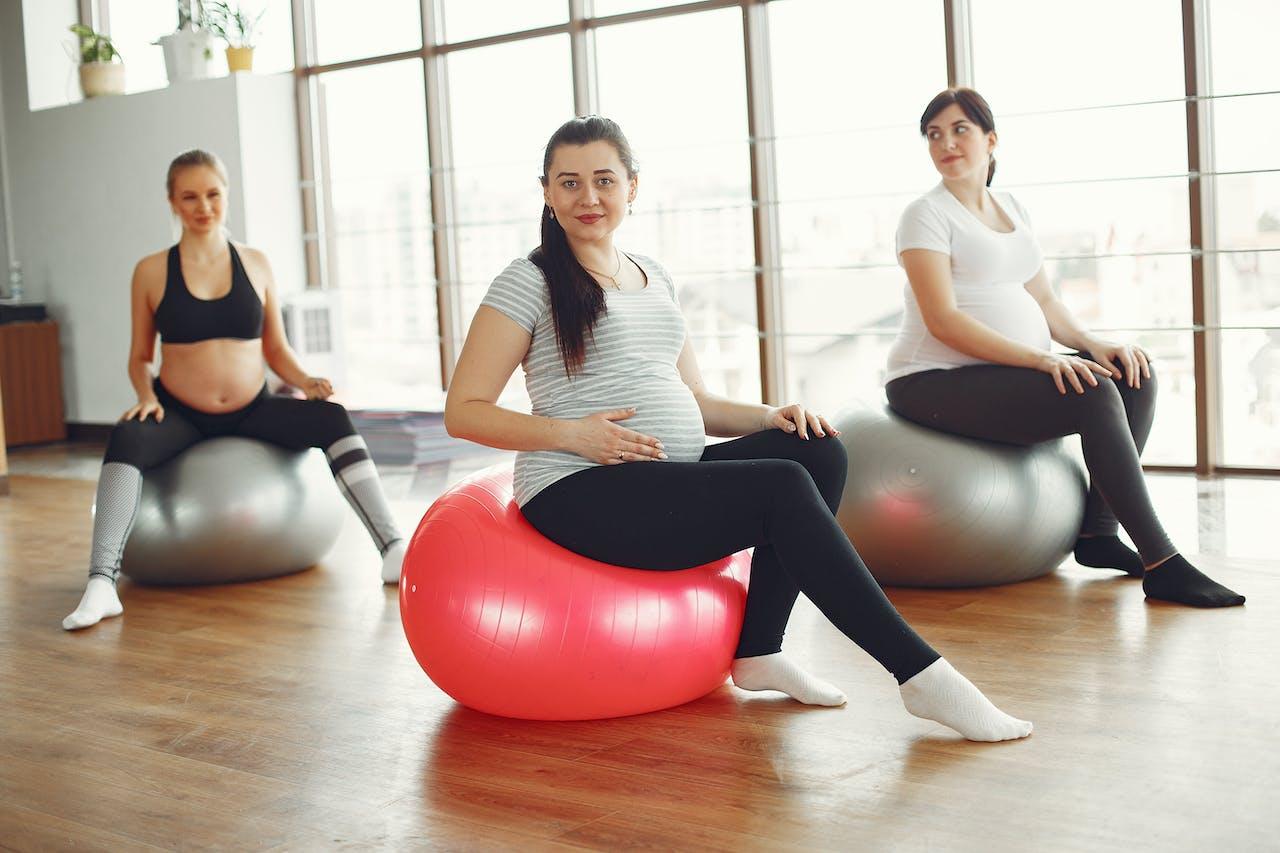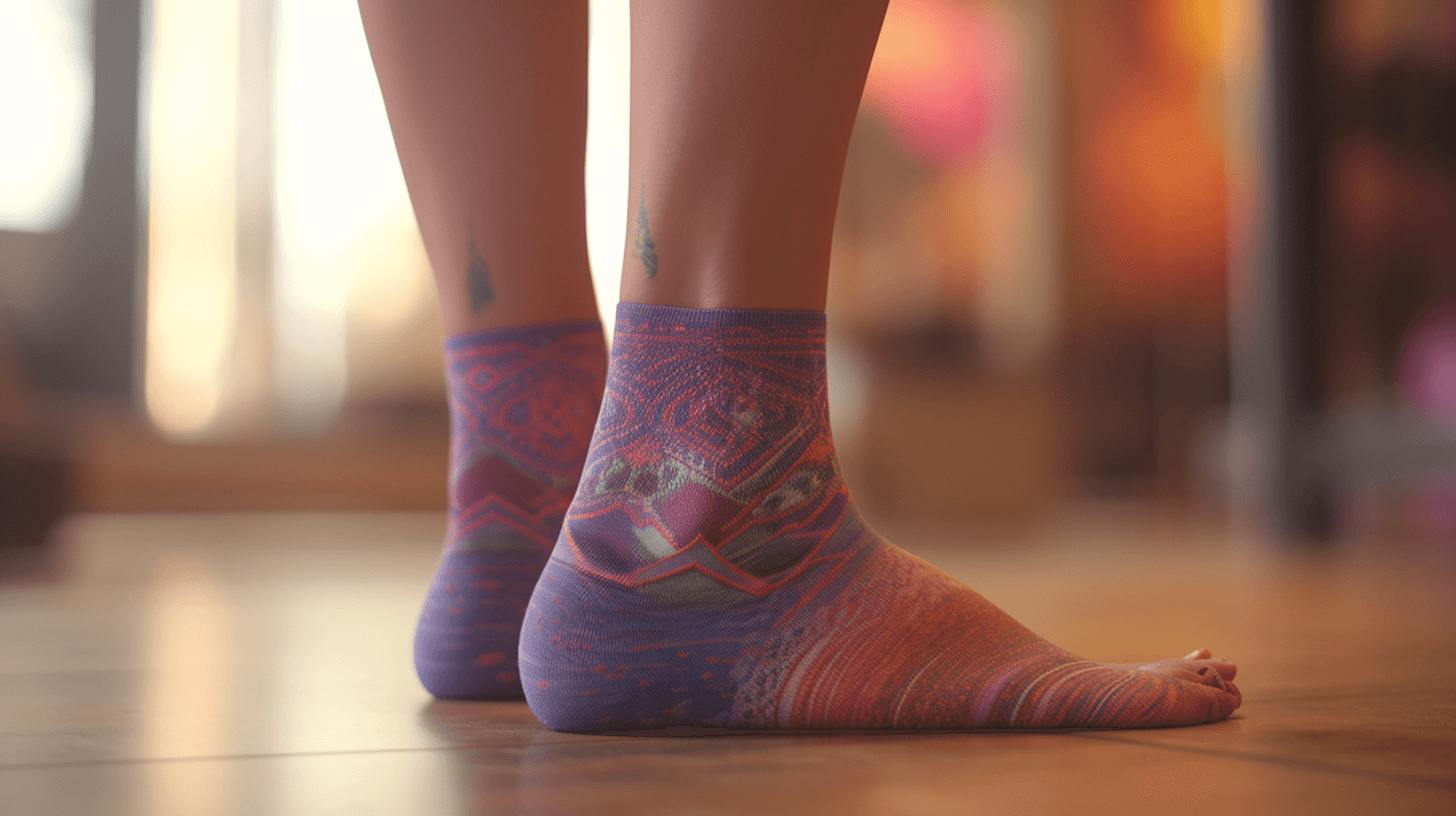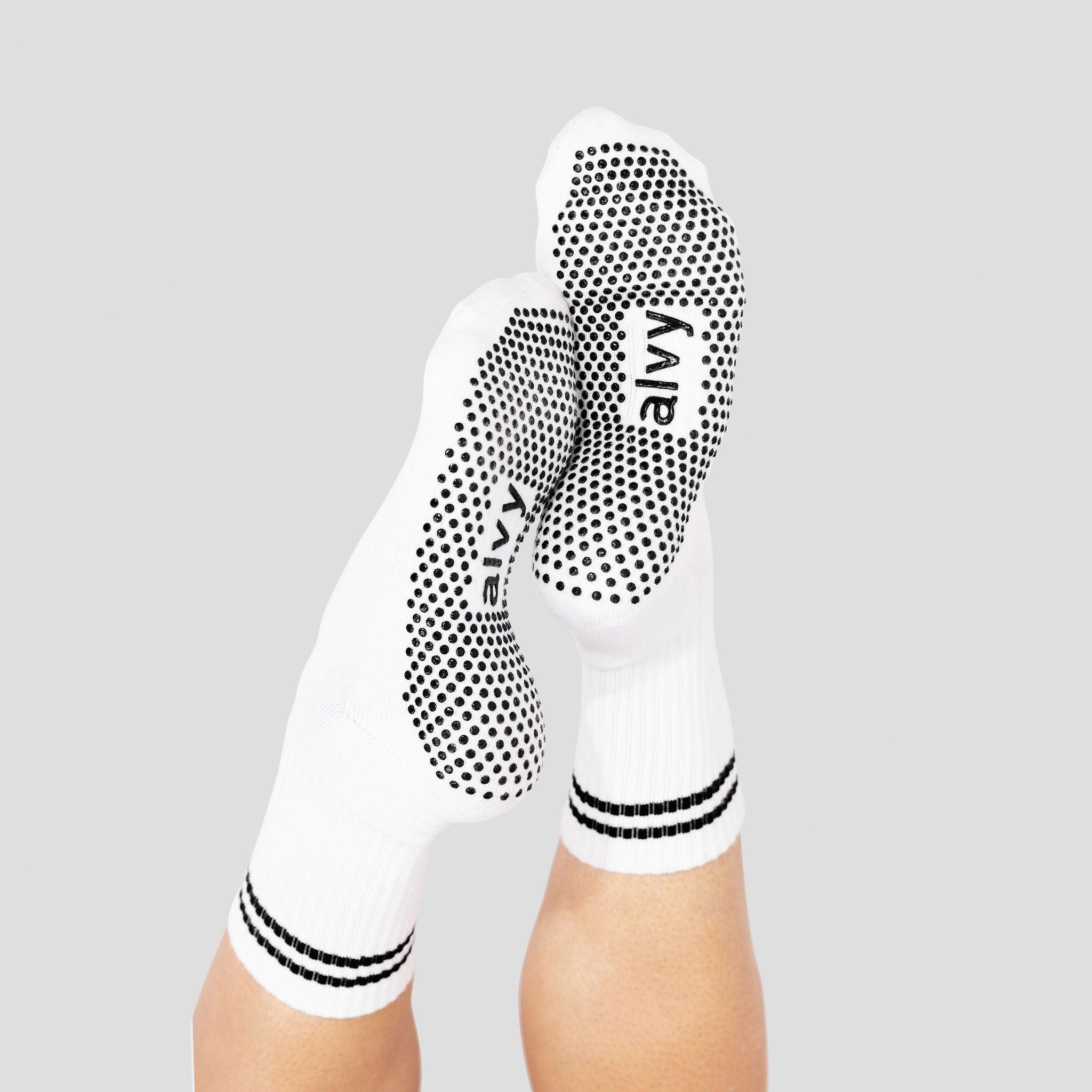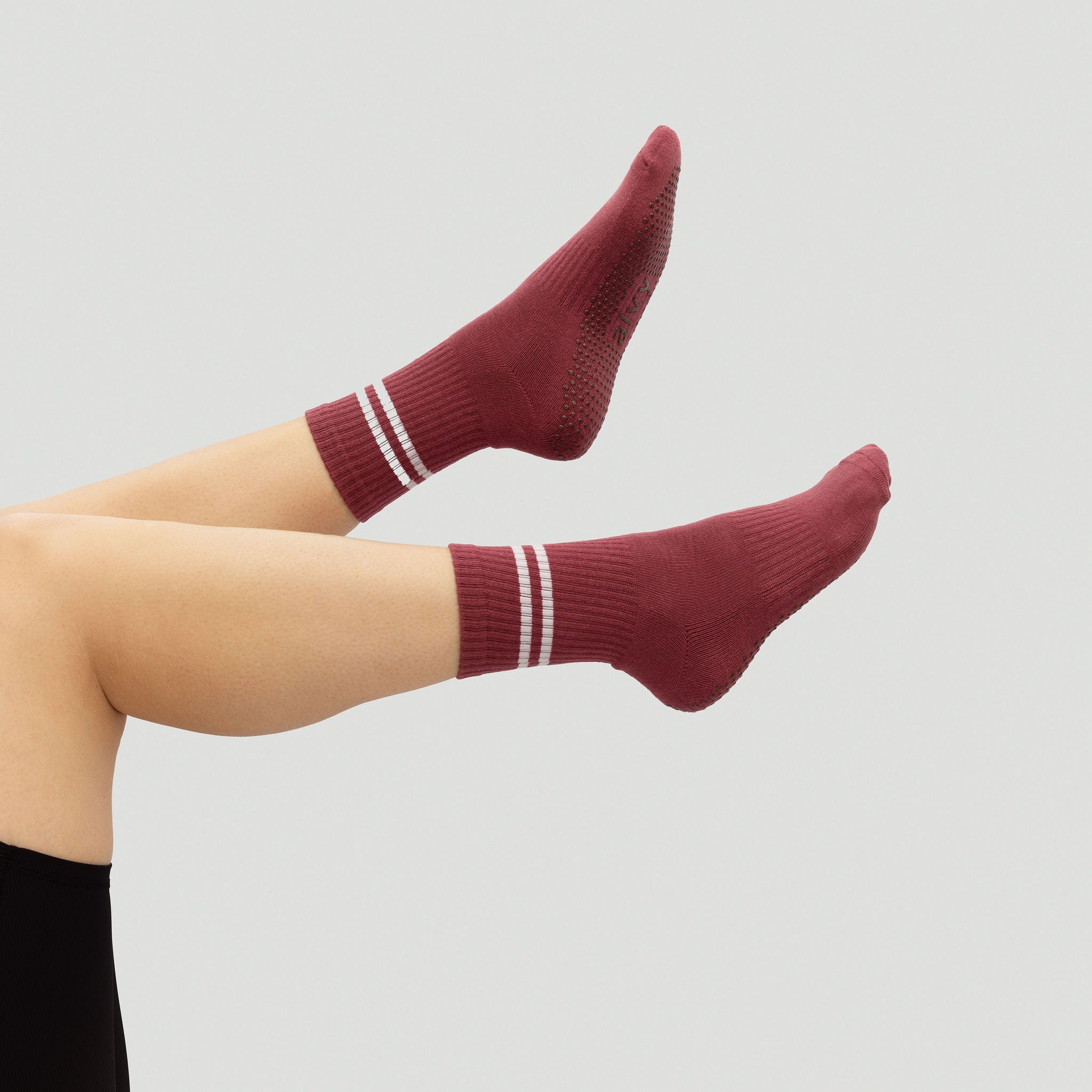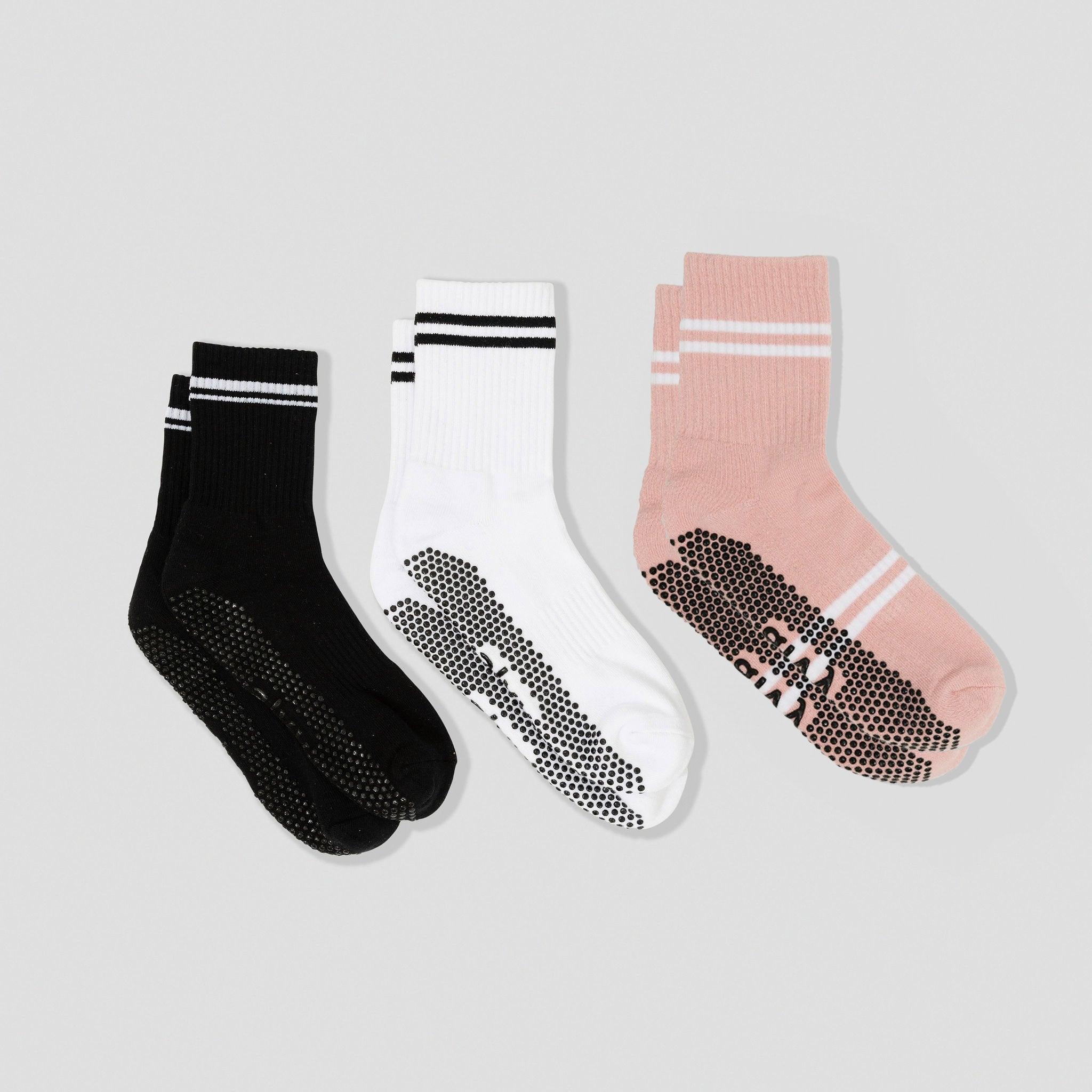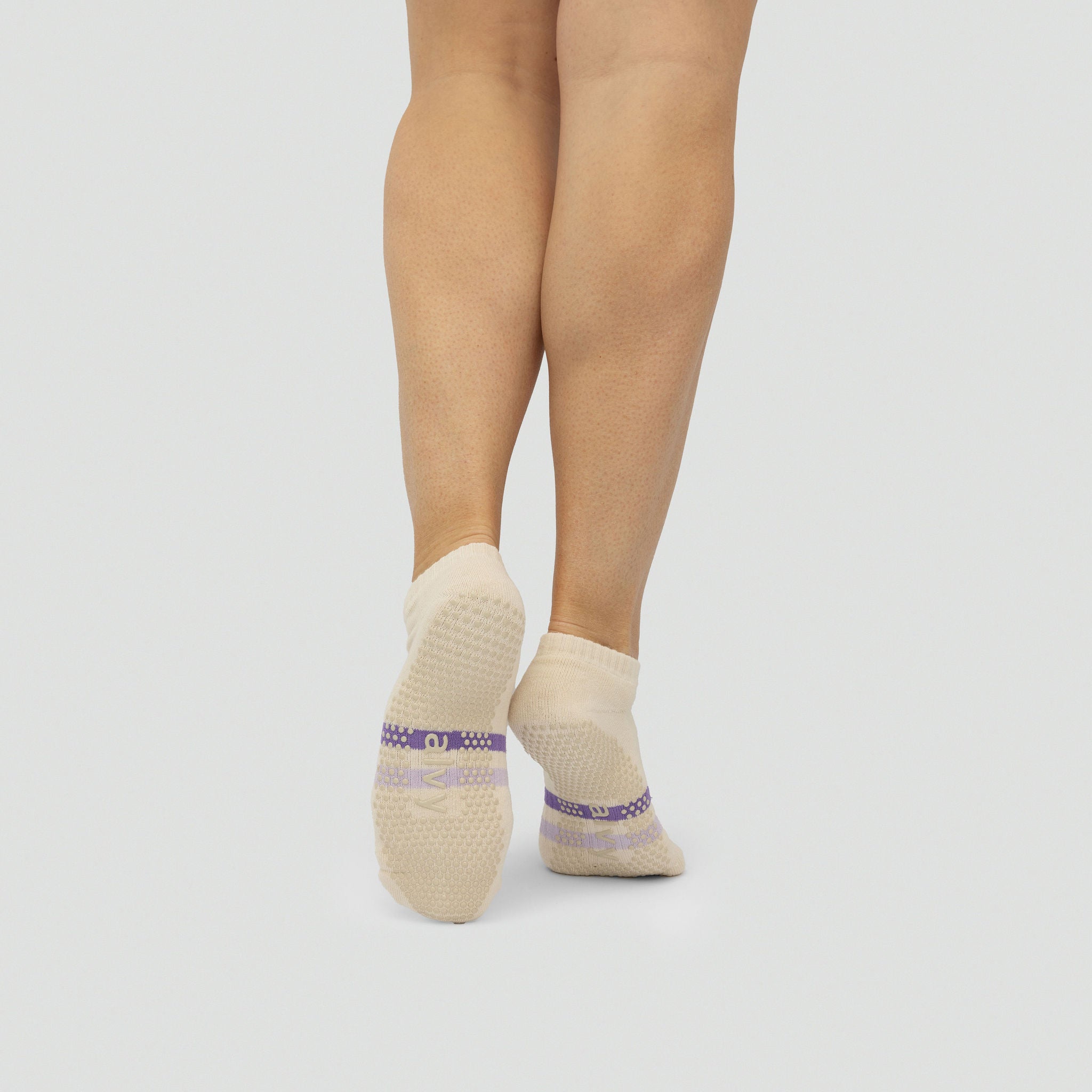Grip socks are becoming more and more common in Pilates classes. Many people choose to wear them for better grip and hygiene. But some thought should be given to any potential drawbacks before using grip socks for Pilates. In order to assist you decide whether or not to wear grip socks while Pilates, we will go over the possible disadvantages of doing so in this post along with some helpful alternatives.
Benefits of Wearing Grip Socks During Pilates
Before we explain the disadvantages, let's quickly go over the benefits of why you should wear grip socks.
Improved stability
Firstly, they can provide improved grip and stability, especially on slippery surfaces. This can help you maintain proper form and alignment during Pilates exercises, which is essential for preventing injuries and getting the most out of each movement.
Proper Hygiene
Secondly, grip socks can help maintain hygiene in shared Pilates spaces. Pilates studios often require practitioners to remove their shoes before entering the studio, which can leave feet exposed to germs and bacteria on the floor. Wearing grip socks can help prevent the spread of germs and keep feet clean and protected.
Increase Confidence
Finally, some people choose Pilates grip socks to help them feel more confident and secure during Pilates classes. The added grip and stability can give practitioners a sense of control over their movements, which can be especially helpful for beginners or those recovering from injuries.
Disadvantages of Using Grip Socks In Pilates
Could Create An Imbalance
A common concern relates to the possibility of grip socks impairing the foot-ground contact, a crucial aspect of appropriate alignment and equilibrium. This can result in improper form and a higher chance of injury, particularly if the grip socks are excessively thick or cushioned.
Reduced Tactile Sense
The diminished tactile sensation that comes with wearing grip socks is another possible negative. Pilates practitioners are frequently required to feel the ground during exercises and modify their movements slightly in response to this feedback. This tactile sense can be diminished by wearing grip socks, which makes it more difficult to maintain correct form and alignment.
Poor Quality Grip Socks Can Lead To Falls
Lastly, wearing grip socks may make you more likely to trip and fall, particularly if they're too small or worn out. This can result in injuries and falls, particularly when the practitioner is doing exercises that call for a lot of stability or balance.
Are There Alternatives To Grip Socks?
Because of their increased sensation of control, cleanliness, and grip and stability, grip socks are a common sight in Pilates classes. Nevertheless, there may be disadvantages to wearing grip socks during Pilates, including compromised foot-ground contact, decreased tactile perception, and an increased chance of slipping. Going barefoot, wearing regular socks, selecting toeless grip socks, or elastic ballet slipper-like straps are some alternatives to grip socks when doing Pilates.
Related: Pilates Socks vs. Regular Socks: Which Should You Choose?
Wrapping Up
Grip socks offer benefits such as improved grip and hygiene, but can also have drawbacks such as compromising the connection between the feet and the ground, reducing tactile sensation, and increasing the risk of slipping. Alternatives include going barefoot, wearing regular socks, or choosing grip socks with individual toe spots or elastic ballet slipper-like straps. Ultimately, you should consider the potential benefits and drawbacks, as well as the alternatives, before making a decision.

